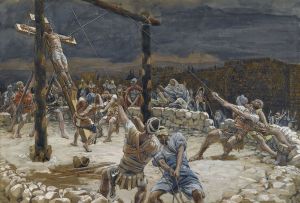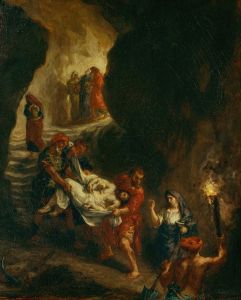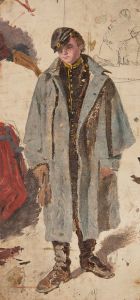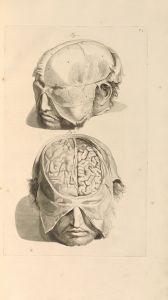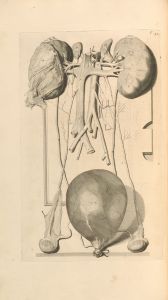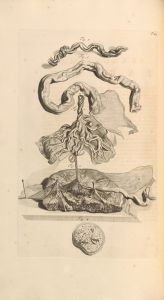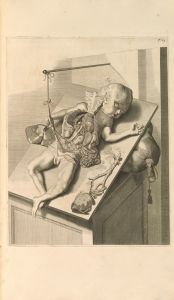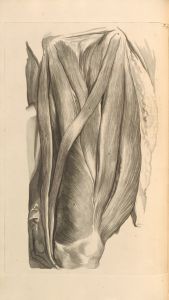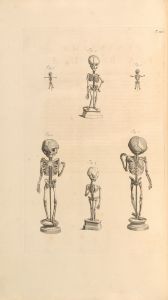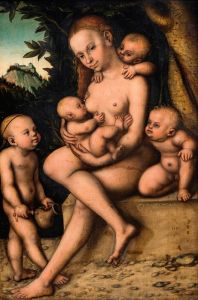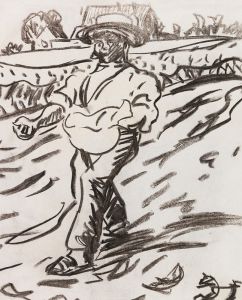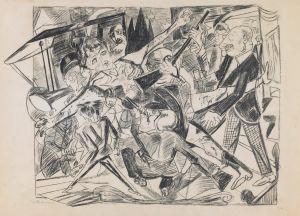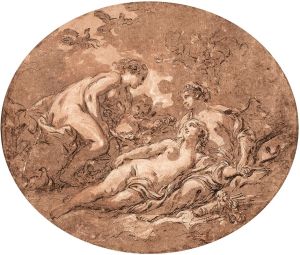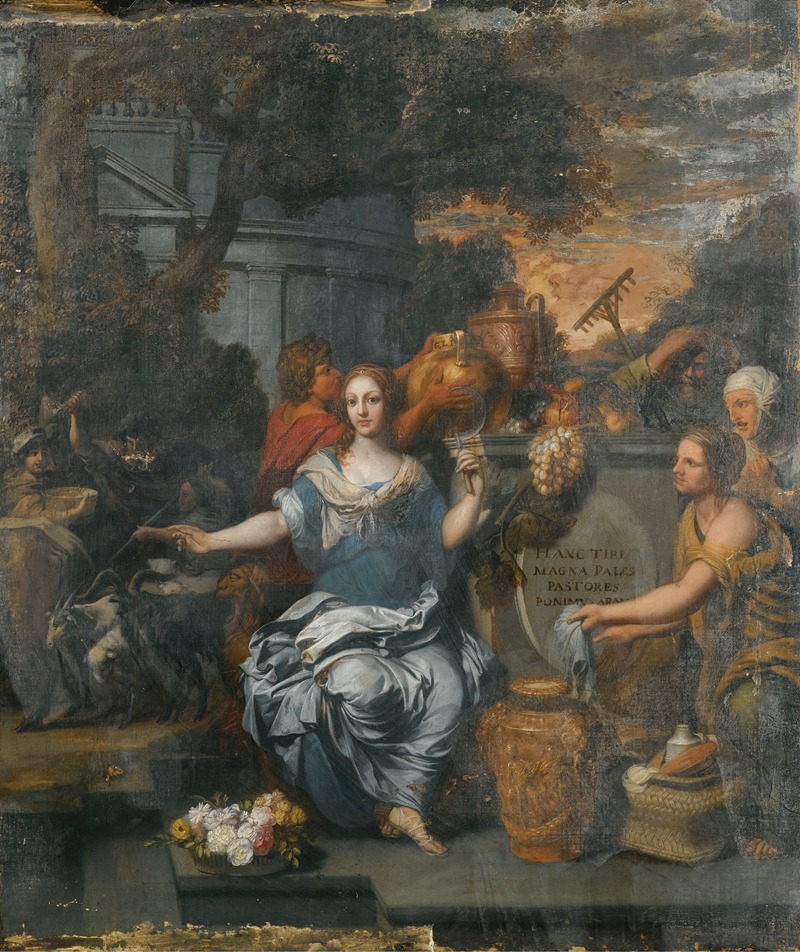
A Sacrifice To Pales
A hand-painted replica of Gerard de Lairesse’s masterpiece A Sacrifice To Pales, meticulously crafted by professional artists to capture the true essence of the original. Each piece is created with museum-quality canvas and rare mineral pigments, carefully painted by experienced artists with delicate brushstrokes and rich, layered colors to perfectly recreate the texture of the original artwork. Unlike machine-printed reproductions, this hand-painted version brings the painting to life, infused with the artist’s emotions and skill in every stroke. Whether for personal collection or home decoration, it instantly elevates the artistic atmosphere of any space.
Gerard de Lairesse (1641–1711) was a Dutch Golden Age painter and art theorist, known for his classical and Baroque style works. One of his notable paintings is "A Sacrifice to Pales," which depicts a scene from Roman mythology.
"A Sacrifice to Pales" illustrates a ritual dedicated to Pales, the Roman deity of shepherds, flocks, and livestock. Pales was celebrated during the festival of Parilia, which took place on April 21st and was aimed at purifying shepherds and their flocks. The painting captures the essence of this ancient ritual, showcasing Lairesse's skill in rendering classical themes with a high degree of detail and dramatic composition.
In the painting, a group of figures is gathered around an altar, performing the sacrificial rites. The central figure, likely a priest or a shepherd, is in the act of making an offering to Pales. The scene is set in a pastoral landscape, with elements such as livestock and rural architecture enhancing the thematic focus on agriculture and pastoral life. The use of light and shadow in the painting highlights the solemnity and significance of the ritual, while the detailed depiction of the figures' clothing and expressions adds a sense of realism and depth to the scene.
Gerard de Lairesse was heavily influenced by the classical traditions of ancient Rome and Greece, which is evident in the composition and subject matter of "A Sacrifice to Pales." His work often reflected the ideals of beauty, harmony, and proportion that were central to classical art. Lairesse's ability to blend these classical elements with the Baroque style's dynamism and emotional intensity made his works highly regarded during his lifetime.
Lairesse's career was marked by both artistic success and personal challenges. Born in Liège, he moved to Amsterdam, where he became a prominent figure in the art world. Despite suffering from congenital syphilis, which eventually led to blindness, Lairesse continued to contribute to the art community through his writings on art theory. His book "Groot Schilderboek" (Great Book of Painting) was influential in shaping the artistic standards of his time.
"A Sacrifice to Pales" is a testament to Lairesse's mastery of classical themes and his ability to convey complex narratives through his art. The painting remains an important example of Dutch Golden Age art, reflecting the period's fascination with antiquity and the pastoral ideal. Today, Lairesse's works, including "A Sacrifice to Pales," are appreciated for their technical skill, historical significance, and the insight they provide into the cultural and artistic milieu of the 17th century.





